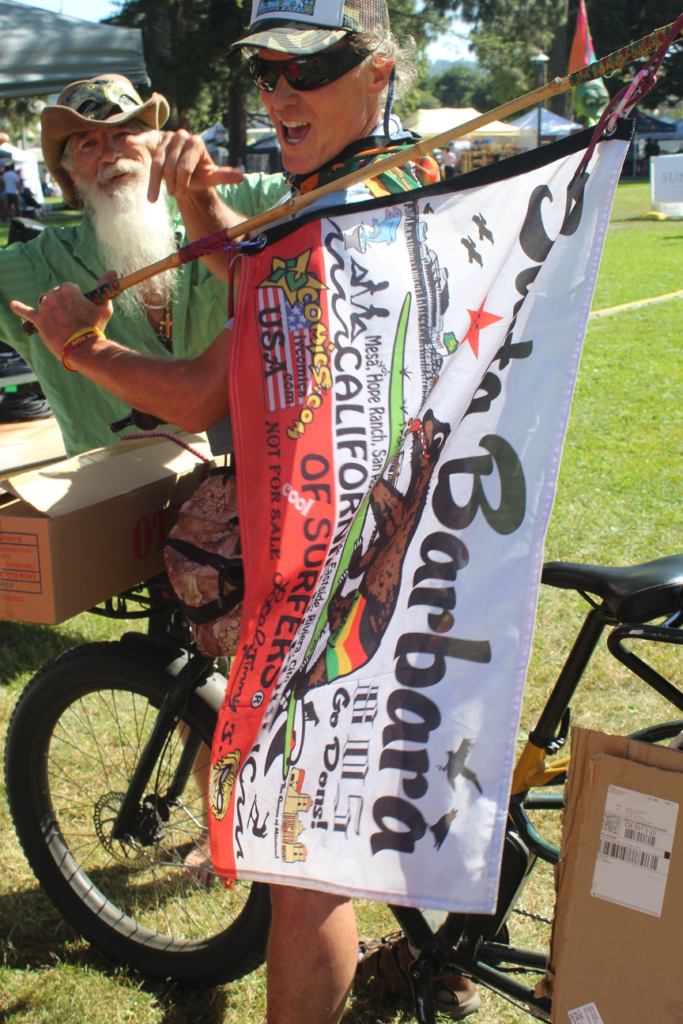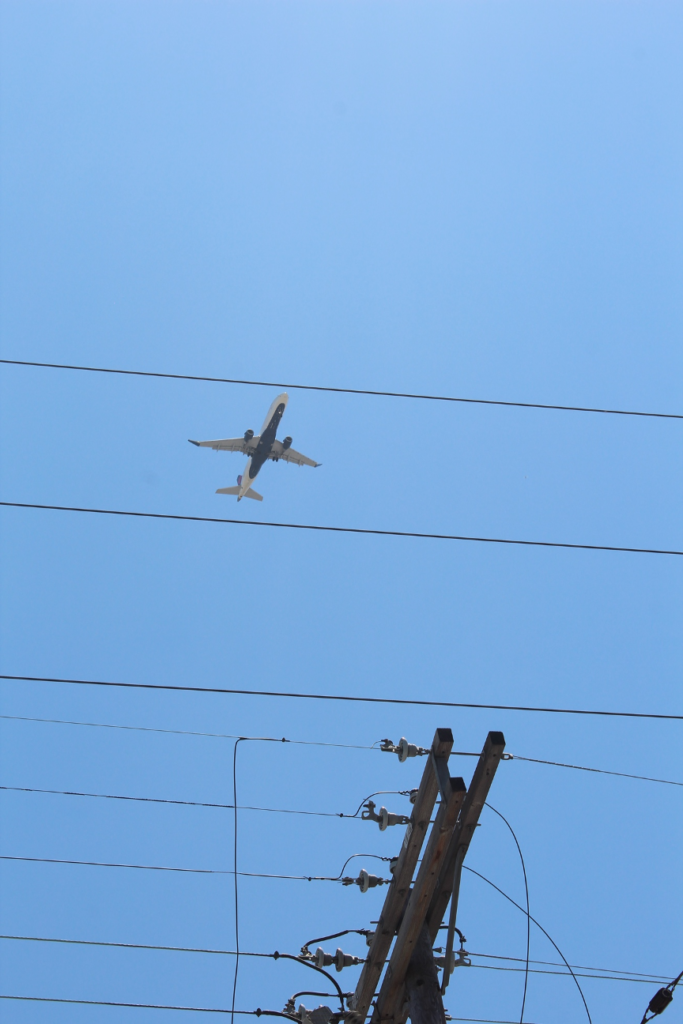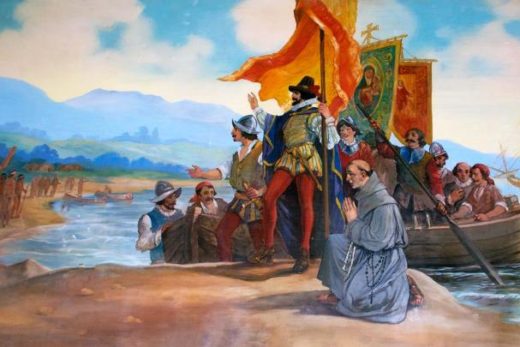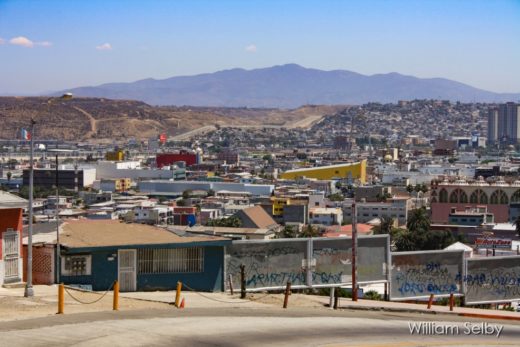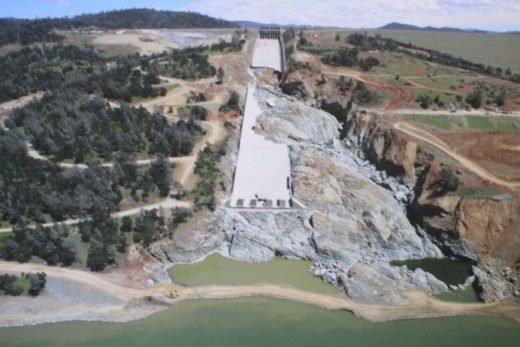Let’s explore two dissimilar celebrations during just one weekend after the summer solstice in two very different Californias that are only 100 miles apart. We often refer to the astounding diversity of natural and human landscapes that help define the Golden State; here is another reminder of our unparalleled variety of microclimates and cultural climates. We challenge you to identify the numerous connected themes embedded within this one story.
We start our weekend at the 50th annual Summer Solstice Celebration and Parade in Santa Barbara. We end this only-in-California weekend by making extraordinary discoveries on our bikes when CicLAvia cut through South L.A. along Western Avenue.
El Capitan State Beach provided a beautiful staging ground to plan our attendance at one of Santa Barbara’s most festive events of the year. Like most other Southern California coastal campgrounds, staying overnight at El Capitan usually requires reservations months ahead of time. Camp sites are just a short walk to their relatively secluded beach, which is about 20 miles (and minutes) to the little city that has been coined our “American Riviera”. And like much of the Santa Barbara coastline nowadays, you will find most of the beach submerged if you visit during high tide. Assorted rolled and rounded rocks have been deposited in piles and stranded along with wave-sculpted driftwood at the base of the bluffs and just above tideline. Low tide offers opportunities for long walks and/or runs along the strips of temporarily-exposed sand, which are occasionally interrupted by rock outcrops and a few tide pools.


During this summer solstice weekend, the monotonous June Gloom had finally been squashed to near the sea surface by air descending out of a strong high-pressure system, producing Southern California’s first widespread heat wave of the year. But as is often the case when water temperatures hover near 60°F (15.5°C), a shallow layer of chilling fog frequently drifted off the ocean and backed up against the coastal cliffs. Wisps of fog occasionally rolled up and danced on to the marine terraces only to burn off or retreat back down to the beach. Just inland, the Santa Inez Mountains are being lifted as the crust is compressed in this region where the Pacific Plate is jammed against the North American Plate along the big bend in the larger San Andreas Fault system. As this Pacific Plate side attempts to slide to the northwest at about the rate that your fingernails grow, folds and faults bend and break the crust, thrusting the Santa Inez Mountains above the sea so that they loom over this thin strip of coastal plain. The great barrier is part of the Transverse Ranges that cut across this widest transect of the state with ridges and long valleys trending west-east. On this day, the mountains abruptly emerged up and above the shallow fog, exposing their coastal sage scrub and oak woodland slopes to bake in the dry summer solstice heat wave.

Such typical June weather conditions kept the streets of Santa Barbara basking in that sweet sea breeze soft spot between the cool beach and hot inland slopes during most of the day: a degree too warm in the sun, a degree too cool the shade. How could anyone possibly survive such discomfort?
Such a perfect setting and weather stage was set for the crowds of more than 50,000 people. They gathered along Santa Barbara Street on Saturday, June 22, to watch the parade that would end at the lush tree-studded Alameda Park, where the three-day festival featured colorful artists, dancers, and an eclectic mix of musicians and local bands. The bizarre parade and the entire weekend evolved into something resembling a crowded amalgamation of the Doo Dah, a miniature Burning Man, and the Rose Parade gone awry. Participants ranged from older established residents who found the best of the California Dream long ago, to younger free spirits attempting to revive older hippie and beach cultures, to folks somewhere in between. On the surface, the whole sun worshiping and summer near the beach stereotypical Golden State cultures came alive on this weekend. Even the mix of those who had wandered out of the security of their multi-million-dollar homes with those who were living by the day and didn’t care was classic Californica. Scenes of people celebrating their California Dreams, surrounded by Spanish-style architecture, framed by coastal Mediterranean environments, complete with nonnative palms poking up from perfectly manicured green landscapes, could have come right out of a Hollywood movie.


Closer investigation reveals another, more complicated side of Santa Barbara that counters most stereotypes. Thousands of residents (more than 13%) live below the poverty line. Blue-collar locals with their roots in this coastal town mix with recent immigrants working in service and construction industries. They squeeze into limited affordable housing, while thousands more workers cope with the local housing crisis by commuting from more affordable distant communities to earn a paycheck in paradise.

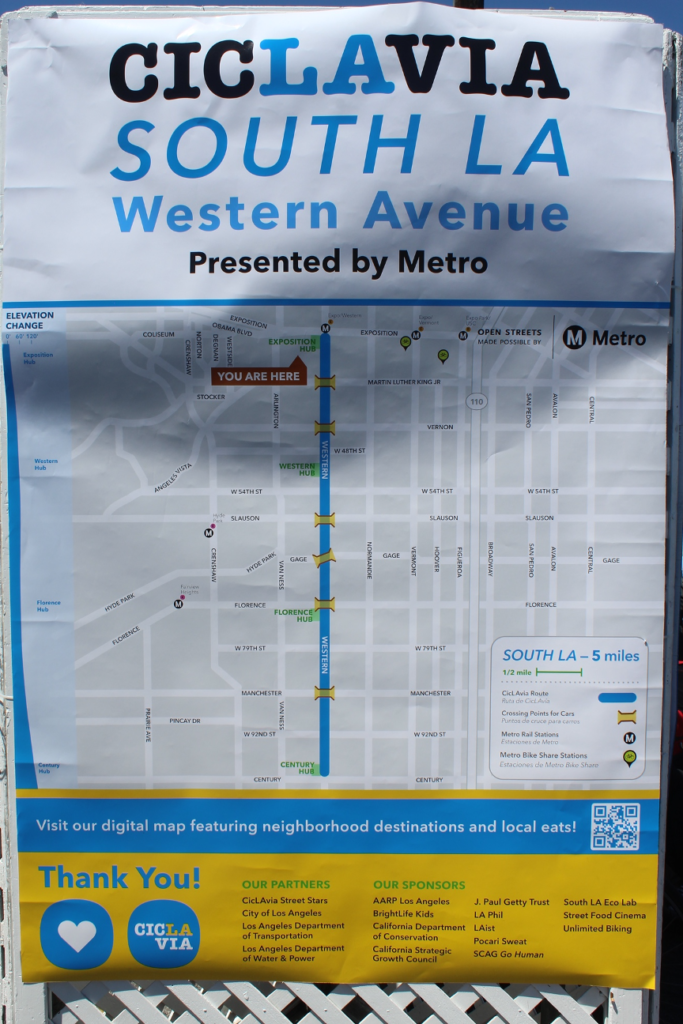
To further demonstrate the great divide between the two Californias, we jump 100 miles east and a bit south into the just-as-renowned working-class cultures and densely-populated landscapes of South Los Angeles, about 10 miles from the beach. We can thank Metro’s cicLAvia celebrations for occasionally introducing thousands of visitors to these neighborhoods, which seem worlds away from the Santa Barbara where we reveled just one day earlier. At first, the only thing these iconic California locations might seem to share is the mild Mediterranean climate and a noon sun that climbs to nearly 80 degrees above the southern horizon during these longest summer solstice days. (The highest noon sun of the season is measured at about 71.5 degrees from the southern horizon along California’s northern border, to about 81 degrees along our southern border.) Community, environmental justice, access to open space, food deserts, poverty, urban heat islands, struggles for survival, economic opportunity, urban renewal, and gentrification enter our common vocabulary here. As with Santa Barbara (but for very different reasons), South LA has inspired researchers, writers, musicians, artists, moviemakers, activists, politicians, and entrepreneurs who have been sharing their perspectives about this place, while much of the world has been listening. The darkest narratives focus on crime, gang violence, drugs, and arguments about whether we should refer to historic violent eruptions as riots, rebellions, uprisings, or civil unrest. But look a little closer beyond the media’s oversimplified and exaggerated stereotypes and the stories become far more complicated — and interesting.


Wander through the neighborhoods and business districts surrounding this gritty leg of Western Avenue that stretches from south of the I-10 Freeway to the I-105 Freeway. You will likely find people and landscapes that conform to whatever stereotype you choose. For instance, you will notice thousands of recent immigrants who are crowding in and filling spaces left by those who fled this crowded urban flatland to search for new opportunities in distant places. But you will also find people and landscapes that offer hope and new opportunities for success and renewal right here. The contradictions are complex. People from other parts of the country are often astounded to find the average cost of a modest single-family South LA home at around $700,000. Though this is less than the median $2 million+ in Santa Barbara, it is far higher than the U.S. average. And you will find plenty of folks who are rooted here and are staying and investing to improve the quality of these living and working environments. You will also find vegan restaurants, parks, churches, schools, and community meeting places where the focus is on physical and mental health and planning for a better future. I wrote about some of them in a few of our website stories we posted over the years, including A Cultural Tour of LA. (You can surf back through a few of our website pages to find them.) And when you venture along some of the tree-lined streets, where families work together to create a sense of community, you might not realize you are in one of LA’s more renowned lower-income working-class neighborhoods. It’s amazing how landscapes with trees can make such a positive difference by changing microclimates and cultural climates.


Enter entrepreneurs turned local heroes Joe and Celia Ward-Wallace. I met Joe while admiring some of the artwork in his now famous South LA Café. He might be considered a celebrity businessman, but I’d like to consider him the local positive influencer and geographer. He has proven how investing time, energy, and hard work into a struggling neighborhood can result in big payoffs for everyone. I could feel how his interminable positive energy is transforming landscapes and bringing new opportunities to South LA. Joe and Celia’s work has grown far beyond their coffee shop and cultural center theme: Coffee. Community. Connection. They champion a nonprofit community foundation and have worked as coaches and consultants for a string of budding local businesses.

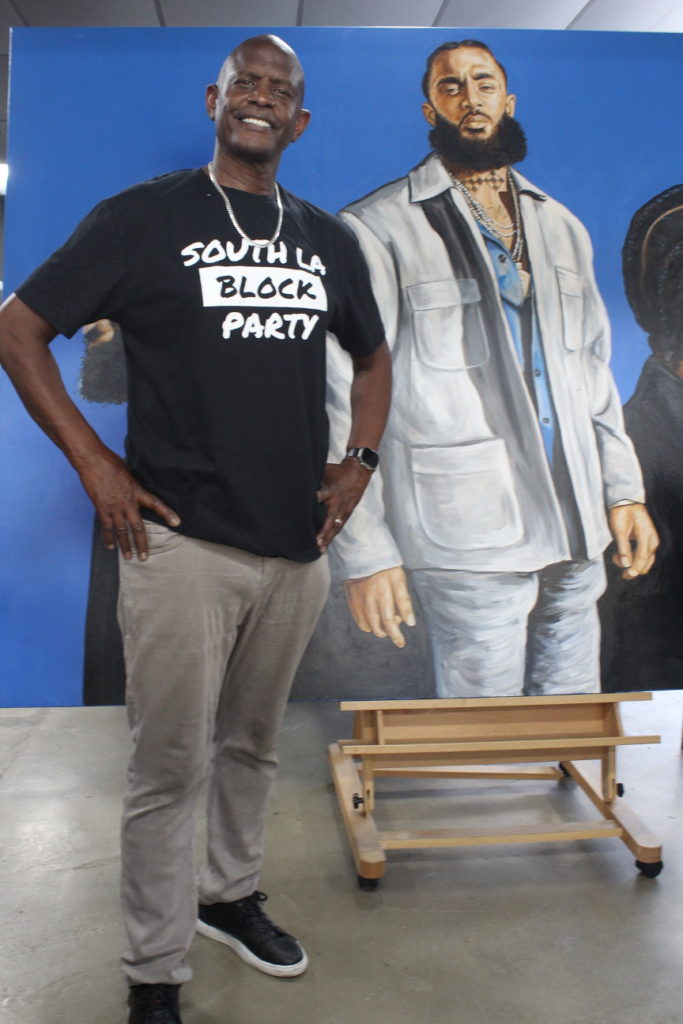
Joe also understands the importance of trees that can add more than aesthetics as they soften the harsh urban heat island. When approaching South LA Cafe, you might first notice the trees he planted in spite of bureaucratic hurdles and costs that could have caused most folks to give up. And when you talk with him, you understand that he is one of those rare never-give-up souls with good ideas and dreams that are improving the quality of our living and working environments. It is obvious how a little greenery and shade in front of his thriving business has changed everything on this South LA corner, especially on an afternoon near the summer solstice. South LA Café has not only demonstrated how to cool the micro deserts created by urban heat islands, but how to bring healthy nourishment to a food desert.

South LA may never be a Santa Barbara (and vice versa), but comparing and contrasting the two places and their people during the summer solstice reminds us that we have plenty to learn from one another since we and our countless microclimates and cultural climates are all connected in profound ways. And the most impactful influencers are proving that Californians (like all of humanity) and our neighborhoods and landscapes really do have “more in common than the differences that separate us.”
There’s a lot more to this Santa Barbara and South LA summer solstice story, so continue with the photo essay that follows and check out these websites:
Benefits of Urban Trees from the USDA/Forest Service
